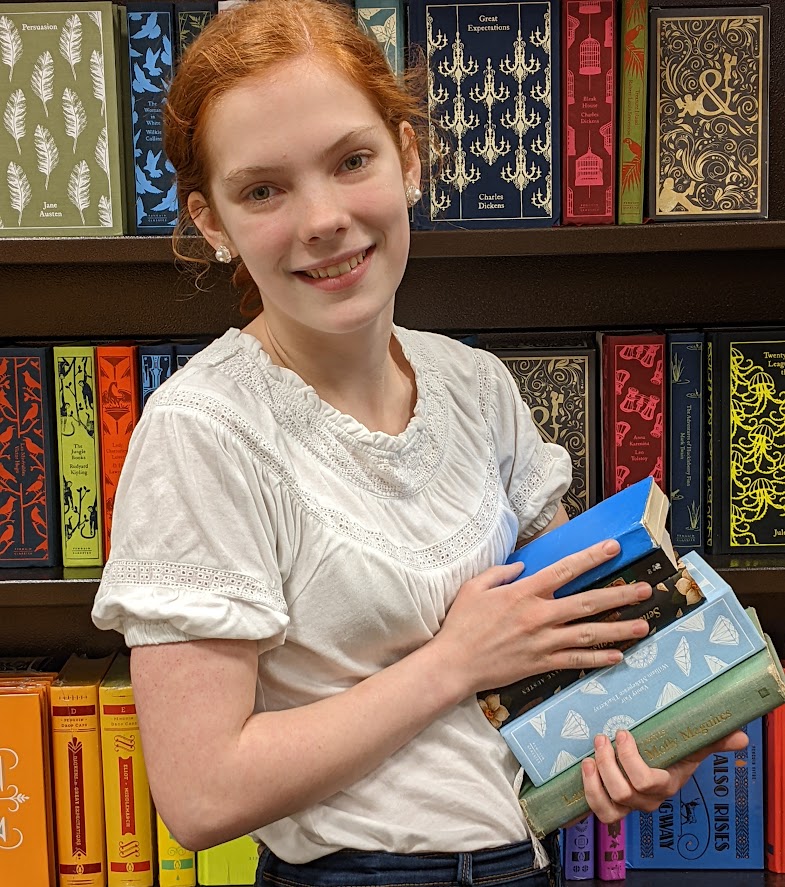As Sophia pointed out in last week’s article, a little complexity goes a long way, especially as far as characters and relationships go. But how does complexity apply to plot? Plenty of mysteries feature confusing plots and connections, or, worse, complexity that is completely unnecessary. How can we balance complexity without making it overdone? How can we write plots that are complex enough to keep pages turning without confusing the reader? How can we write books where intrigue and suspense take the front stage of the story without making it seem like an excuse for not coming up with fleshed-out characters, creative worldbuilding, or clever dialogue?
The answers can be found in Netflix’s retelling of Lemony Snicket’s A Series of Unfortunate Events.
A Series of Unfortunate Events
A Series of Unfortunate Events follows the tragic misadventures of Violet, Klaus, and Sunny Baudelaire as they set out to solve the mystery surrounding their parents’ death and escape from the clutches of Count Olaf — a murderer seeking to steal their parents’ fortune.
As they evade Count Olaf, a mysterious, eye-shaped symbol follows them — appearing on everything from the windows on Olaf’s house to a hedge maze they encounter, as well as on a mysterious set of scattered spy glasses and the tattoos on many of the people seeking to protect them. Friend and foe, stranger and mentor all seem to be connected to the symbol, which itself is tied to a mysterious organization their parents once were a part of. Chaos ensues as the Baudelaires flee Count Olaf and attempt to connect with their parents through an understanding of the organization they sacrificed so much to protect. A series of fires, deaths, the acronym V. F. D., and, of course, the eye follows the children everywhere, both as they seek to avoid Count Olaf, and as they delve into the past to unravel the mystery surrounding their parent’s lives and allies.
Each person they meet seems to be somehow connected to the organization, and yet their information and insights only tangle the knot of complicated relationships, loyalties, and motives surrounding the V. F. D. A sugar bowl seems to be at the very center of it all — stolen, lost, and hunted by Count Olaf and his allies. Whatever is in that sugar bowl holds the answers to the questions that Violet, Klaus, and Sunny have been asking since the very beginning.
A Little Complexity Goes a Long Way
If you’ve seen A Series of Unfortunate Events, you know it’s an unusual show. For all the horror and suspense, it’s actually targeted at children, and it strangely works. On top of this, adults can easily enjoy it, and it certainly isn’t because the characters are interesting or the plot is brand-new. The personalities of nearly all the characters center on a single trait or skill set — problem solving, reading, reptile genetics, murder, etc. — and there really isn’t much else to them. The protagonists themselves are the stereotypical tragic orphans in a story with a fairly standard mystery premise.
But complexity keeps everything moving. Even though the layout of each episode follows a fairly regular pattern, with the children finding a new ally and possible guardian, gaining a sliver of information about their parents, and being forced to flee once Count Olaf infiltrates their new home, just a little bit of complexity kept the show going.
The truth is that the children’s parents were part of a Volunteer Fire Department dedicated to risking their lives to protect others in great disasters. They wore a tattoo with the initials of V. F. D. hidden in it, so that their members could recognize each other all across the globe. When the V. F. D. discovered a cure to a deadly pathogen hidden in a sugar bowl, a schism divided the group as they disagreed on what to do with it. The two sides swore to never let the sugar bowl fall into the wrong hands.
Count Olaf was part of that schism, and the fires that have been chasing the last few, loyal members of the V. F. D. is all part of his ironic humor, mocking what the V. F. D. once was.
That mystery is actually pretty simple, when you think about it. A group had an argument over what to do with a cure, and so they split. The two sides are now at each other’s throats to protect their own interests and allies. That isn’t too complicated.
So how did such a simple show appear to be so complex?
A little complexity goes a long way — both for characters, and for plot. As a writer, your work is always going to seem simpler than it is to the reader. You can see the strands connecting it all, the story behind each character, and ultimately the end result of the characters’ journeys. Your reader can’t. To them, your story is far more complicated. They can’t see the connections right away, and you risk overcomplicating your story with too much complexity if you take it too far.The complexity found in A Series of Unfortunate Events was enough to take the viewers through three seasons of mystery with predictable episodes, flat characters, and few meaningful themes. If you want to write a complex story, it doesn’t take much to create a mystery that will drive your readers to keep turning pages until the very end.



Let us know in the comments:
What stories have you read with relatively simple mysteries? Did you keep reading just for the mystery, or was there something else, as well? And how was this article? Too sweet? Too sour? Just right?


Hi! My name is Mara, and I’m a Christian artist, violinist, and blogger. I remember the day that I decided that I would learn something new about what makes a good story from every book I picked up — whether it was good, bad, or a mixture of both. I use this blog as a way of sharing some of the tips and tricks I’ve learned, and highlight which books, cartoons, and movies have taught me the most about writing an awesome story.


I’m sorry… Reptile Genetics? Is that what you said?
‘Cause that right there is one of my favorite things.